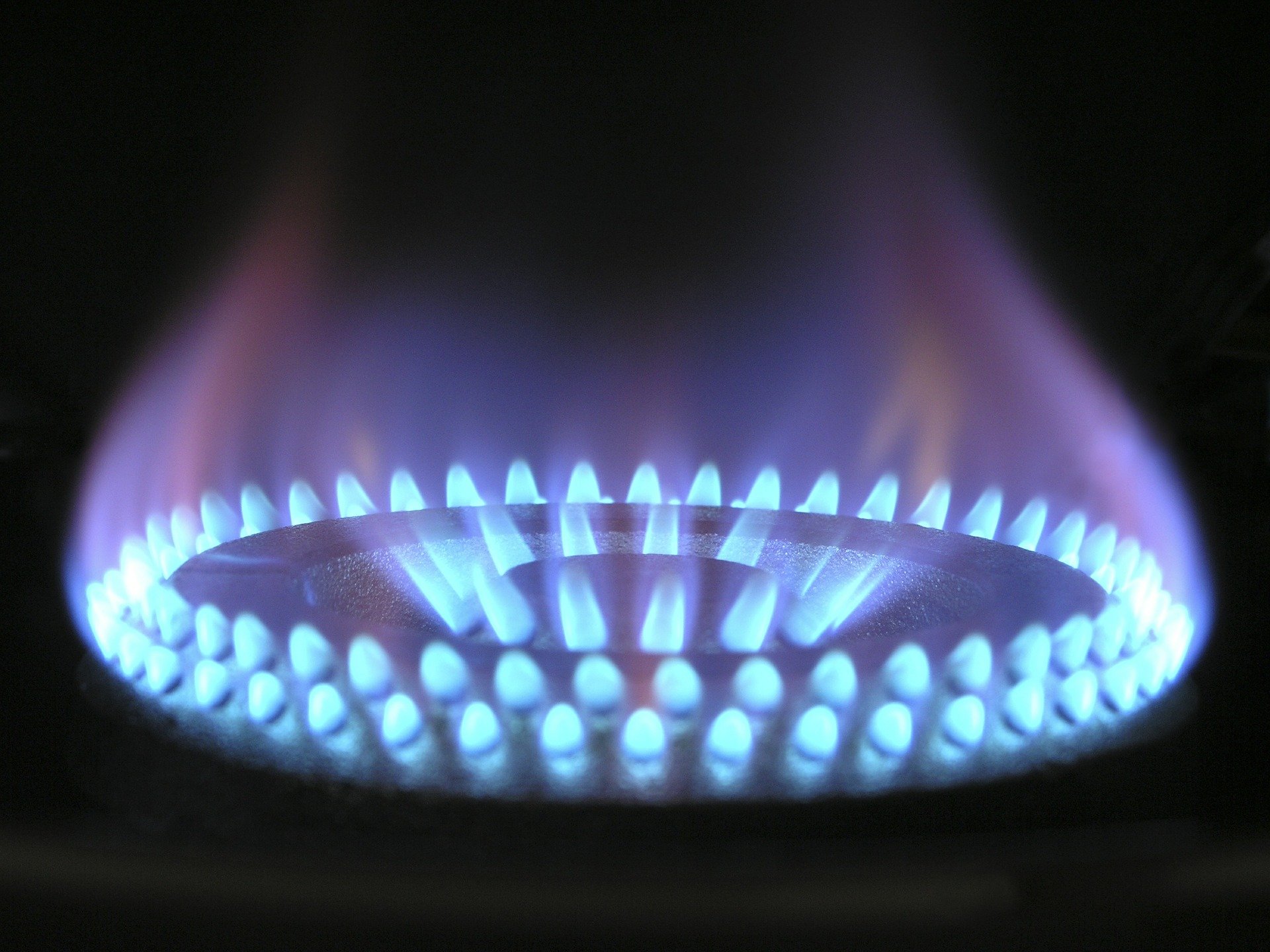GC Gas Analysis Quick Reference Guide

Pixabay/Magnascan: GC Gas Analysis Quick Reference Guide
This can range from inaccurate results to instruments with significant downtime and high maintenance costs. The guide covers gas analysis from trace level analytes (ppb) that may require preconcentration devices (remote or instrument configured) or specialised detectors all the way up to bulk gas (100%).
Before Commencement
- Ensure you understand the requirements of the analysis and sampling
- If the instrument is not configured or cannot conform to your analysis requirements it may require modification or renewal (please refer to Analytical Instrument Purchasing Quick Reference Guide)
- The instrument has been installed to manufactures specification and all maintenance logs/service history are current and up to date.
Sample State
The sample state is the next item to consider. How can you introduce this into the gas chromatographic process in a safe and representative way to produce accurate and reliable results?
The sample maybe from a reaction process and may not be at ambient temperature and pressure.
There also maybe other compounds or the matrix that will interfere and either at best compromise results or actually react with the materials in the sample path. These are additional questions you should ask.
- Vessel (Type, size, material, connections, seals/caps)
- Sample pressure & temperature (range)
- Sample stability & storage
Instrument Configuration
The configuration of a gas analysis GC could be simple a one injector , one column and one detector, however most tend to be a little more complex that are provided with plumbing diagram in order to understand what is happening and also to troubleshoot any problems that may occur.
ChromSolutions: Plumbing diagram of the valve GC system for Gas Analysis
There maybe additional hardware such as methanizers/Jetanizer which can convert an inert gas to methane for a greater response on an FID.
Valves maybe plumbed upstream of a injector to enabled variations in sample loading.
Flows also maybe changed/diverted, analytes trapped and this may involve multi port valves and/or pressure switching.
Gas Sample Path/Introduction
Firstly if your sample is from an above temperature and pressure (e.g. reactor) you want this to be introduced directly and should use a valve. In this case you may have to consider the use of trace heating lines to the instrument and temperature/pressure ratings of the valves.
ChromSolutions: A Valve for Gas Analysis
The other ways to introduce your sample is by a syringe.
Both can be manual or automated. Automated is always a better option with regard to repeatability and valves are a preferred choice as the ingress of air can be minimised, through purging the loop and if necessary purging the valve housing. Rotary and diaphragm are the choices.
Typical sample volumes are between 0.25 - 1.0ml.
When sampling several different sample points a stream selection valve maybe incorporated into the GC configuration.
Manual sampling/injection using a syringe (gas tight or glass to glass seal) can have safety and analysis implications from pressurised vessels and directly introduced into GC injection ports.
The compatibility of material that comes in contact with the sample always needs to be considered particularly on analytes and matrices that absorb or react on these surfaces.
Columns
Pick column dimensions and material, and phase which depends on the application.
- Packed (1/4”, 1/8”, 1/16”) or capillary (0.25mm - 0.53mm)
- Porous polymers, molecular sieves, thick film liquid phase columns
Porous polymers come in a range of polarities and molecular sieve columns are specifically to separate O₂ and N₂ and can separate H₂/He, CO & CH₄. CO₂ and >C₂ will not elute from molecular sieve columns.
Conditioning and upper temperature limits may vary dramatically so care maybe needed when they are located in the same oven.
Detectors
There are some specifically used for gas analysis such as TCD, PDHID, IMS and PED, however PFD/PFPD/SCD, FID and MS are used in certain applications.
Conclusion
If these guidelines are considered you will encounter fewer issues with your gas chromatograph and gas analysis results.
ChromSolutions Ltd
What we offer at ChromSolutions is our wealth of experience in analytical instrument sales and support (over 110 years distributed through the members of our company). We can help you from defining your requirements to the implementation of a robust gas analytical method fit for purpose.